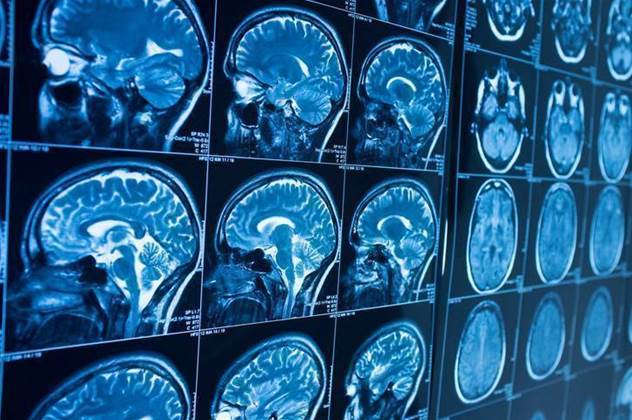A new research collaboration at the Sydney Neuroimaging Analysis Centre (SNAC) has been awarded $2.36 million by the federal government to use artificial intelligence to spot mistakes in the way medical images are interpreted.

The Brain and Mind Centre at the University of Sydney estimates clinicians misinterpret up to four percent of medical images, a figure likely to be much higher in demanding specialties such as neuroimaging.
The university said in a statement that the commercial application of AI in the medical imaging industry is currently in its infancy and its development is being hindered by the fragmented approach of individual companies working in the industry.
Neurology professor at the Brain and Mind Centre Michael Barnett said the three-year collaboration will transform the delivery of neuro-radiology services across Australia.
“We plan to do this by developing novel, automated algorithms that aid in both the diagnosis and monitoring of brain diseases using magnetic resonance images and CT scans.
“When these algorithms are built they will be deployed on an artificial intelligence platform that integrates with routine clinical radiology workflows to dramatically improve productivity, enhance reporting accuracy and rapidly identify critical imaging abnormalities,” said Barnett.
He added the use of AI has the potential to provide much-needed breakthroughs in poorly understood neurological conditions like multiple sclerosis and dementia.
The algorithms will be trained using de-identified, unlabelled brain scans and data from medical imaging provider I-MED Radiology, which collects over four million images from clinics across Australia each year.
The project will be guided by the AI-expert professor Dacheng Tao, who was involved in the latest upgrade of Sydney University’s Artemis supercomputer to incorporate a larger number of graphical processing units to better handle image analysis and deep learning tasks.
The funding was announced earlier this week by assistant minister for Science and Innovation Zed Seselja.
Deputy vice-chancellor (research) professor Duncan Ivison added that “collaboration and multidisciplinary research hold the key to solving our biggest healthcare challenges and this project is a great example of this approach”.


_(20).jpg&h=140&w=231&c=1&s=0)
.png&h=140&w=231&c=1&s=0)







 iTnews Executive Retreat - Security Leaders Edition
iTnews Executive Retreat - Security Leaders Edition











_(1).jpg&h=140&w=231&c=1&s=0)



